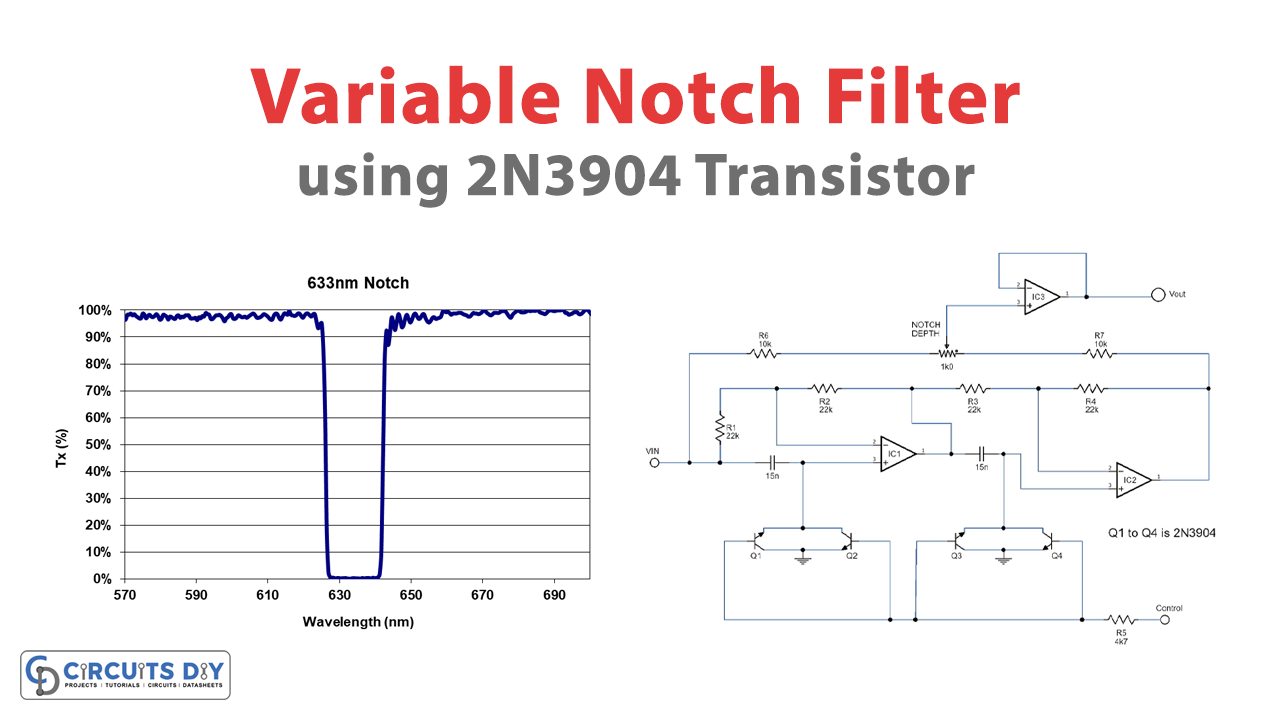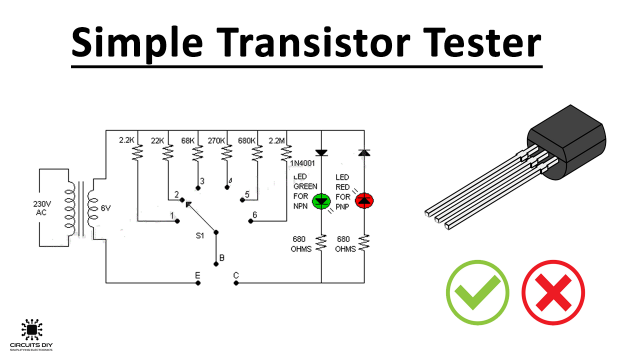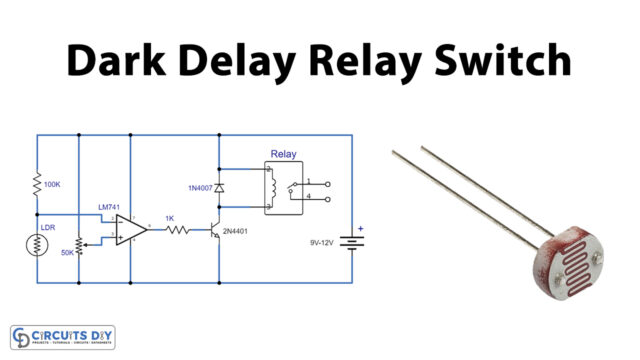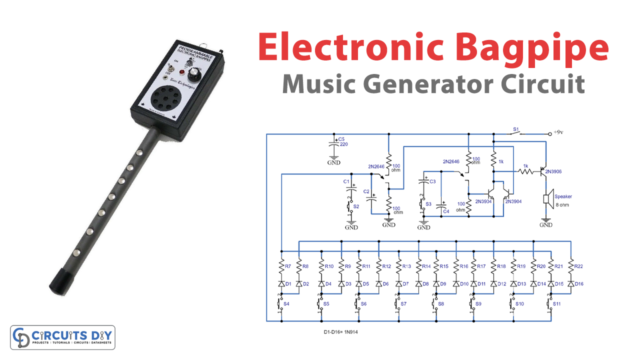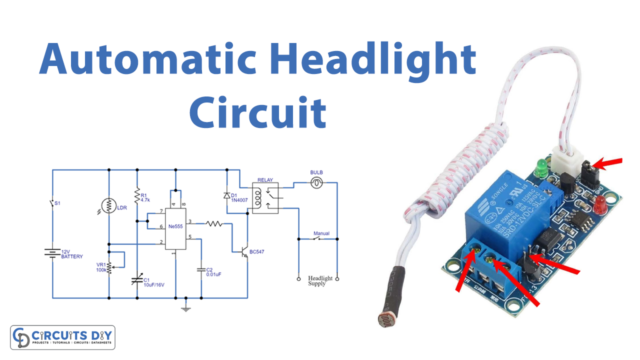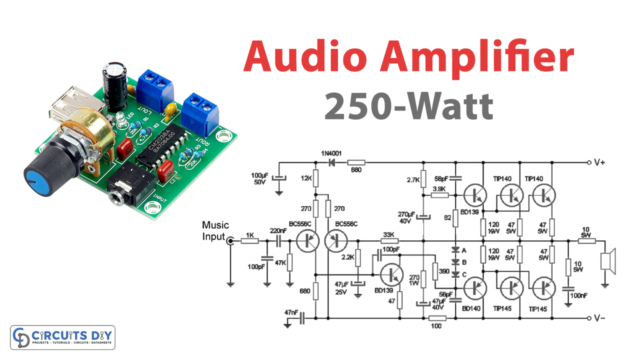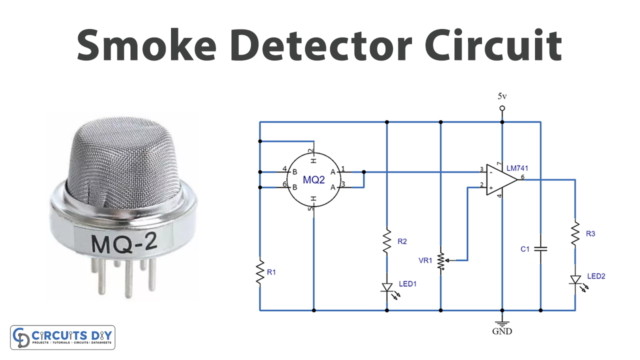Introduction
Have you ever wondered how you can make your music sound even better by removing unwanted frequencies? Or perhaps you’ve been frustrated by background noise during an important recording session? Well, don’t worry! Because the answer lies in the remarkable variable notch filter circuit! This circuit allows you to cancel out unwanted frequencies in a specific range, making your music sound clearer and more refined.
Not only that but this circuit is designed to give you complete control over the notch frequency, so you can tailor it to your specific needs. So join us on this journey as we explore the fascinating world of variable notch filters and discover how they can revolutionize your sound.
Hardware Required
| S.no | Components | Value | Qty |
|---|---|---|---|
| 1 | IC | Opamp | 3 |
| 2 | Transistor | 2N3904 | 4 |
| 3 | Resistor | 10K, 1K0, 22K,4K7 | 2, 1, 3, 1 |
| 6 | Capacitor | 15n | 2 |
Circuit Diagram
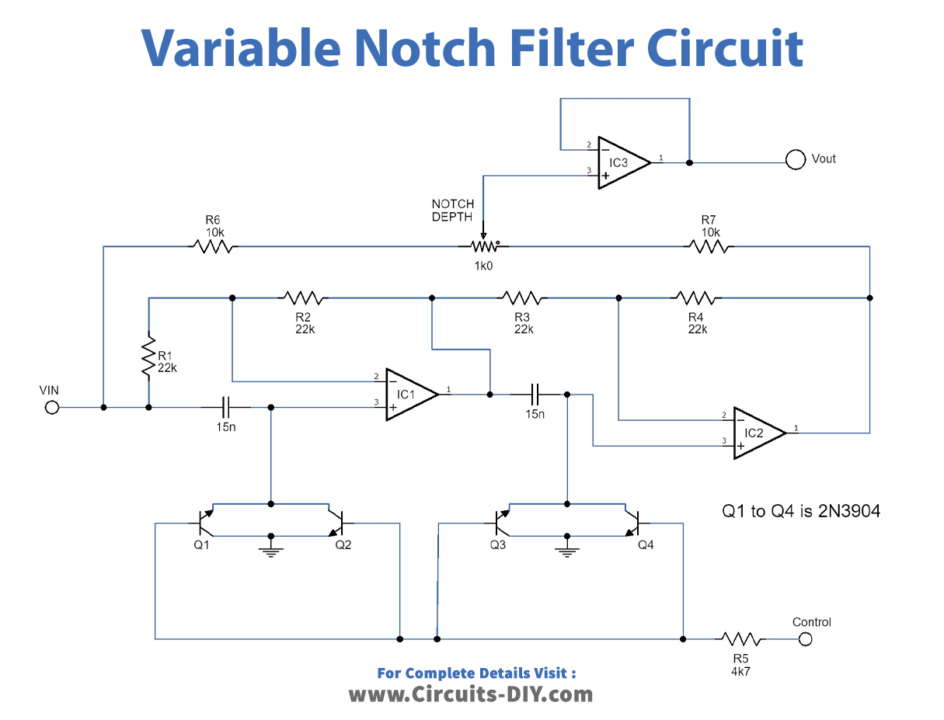
Working Explanation
This variable notch filter can be adjusted to cancel out audio signals in a specific frequency range as needed for a particular application. Notch filters, also known as Band Stop or Band Reject filters, are designed to attenuate signals in a specific frequency band (the stop band frequency range) while allowing signals above and below this range to pass through.
The variable notch filter circuit described here is designed to move the reject frequency over a 10 kHz range through the full range of sound frequencies. The location of the notch is determined by the voltage applied to the control input. The circuit uses two all-pass filters (IC1 and IC2) that have a flat frequency response above the acoustic range but have a phase variation between the input and output signals of 0.5/CR.
When the phase variation reaches 180 degrees, the input and output signals cancel each other out. The variable notch filter functions as an all-pass notch filter, allowing all frequencies to pass through except for the notch frequency of 0.5/CR. Two transistor circuits (Q1, 2 and Q3, 4) act as voltage-controlled resistors that allow the notch frequency to be shifted by adjusting the control voltage.
Final Words
We hope you’ve enjoyed delving into the world of variable notch filters with us. As we’ve seen, these filters are essential for any musician or sound engineer looking to achieve a cleaner, more refined sound. Using the variable notch filter circuit we’ve described, you can quickly and precisely remove unwanted frequencies in a specific range, leaving you with a clearer, more polished sound. Of course, there’s much more to learn about sound manipulation, and we hope this article has inspired you to explore further.
If you have any questions or comments, please feel free to leave them below. We love hearing from our readers and are always happy to help! Thanks for reading, and We’ll see you at the next one.


